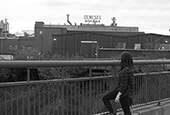Michele Ashlee
On a Monday at Fuego
Interview No. 180
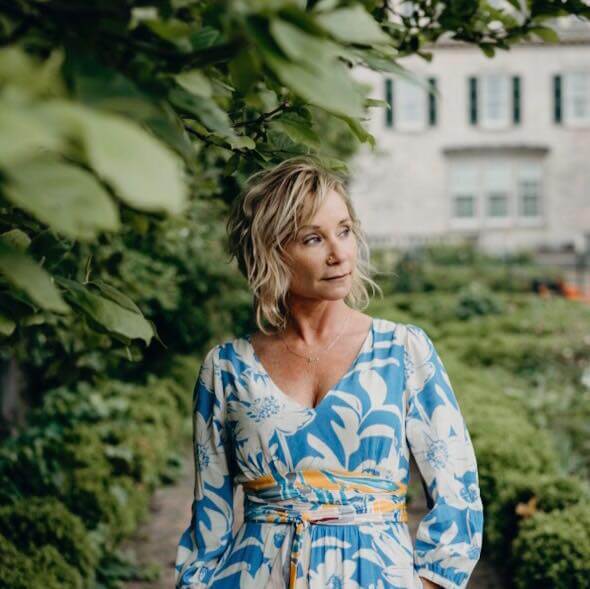

Interview by Emily Hessney Lynch.
Published May 2, 2019.
Where are you originally from? How did you end up in Rochester at this time in your life?
I’m from Lyndonville, New York—it’s near Niagara Falls, right on the lake. It’s a very small town. There were more fire lanes than real roads around us. I lived in Brockport for 30 years before moving to Rochester. I was in a long-term relationship for years and he hated what I was doing. I just woke up one day, sold my house, got a one bedroom apartment, and started hanging my own work on the walls. I’ve been in Rochester for about three and a half years now. I volunteer in shelters, do photography, and own a hair salon in Brockport.
What is your favorite part of living in Rochester?
I love that every time I go outside, it feels alive. Growing up in Lyndonville, it was quiet and dark all the time. Now there’s free music everywhere.
What inspired you to start photographing Rochester's homeless population?
My brother was homeless, and he was missing for 27 years. My mom was a paramedic and my dad was a police officer; no one notified them when my brother died. He was living in Maine at the time and he was a heroin addict and schizophrenic, but he was still my mother’s son.
Now, I try to memorize everyone’s names and faces. When I meet them, I repeat their name three times so I remember it. Shelters often use my photos. I want to write the stories of these people. I consider myself a self-proclaimed advocate for the homeless.
Today, I walked 7 miles and photographed 7 strangers. This summer, I’m going to aim to coincide the number of miles I walk each day with the number of strangers I photograph.
What are some of the challenges of your documentary photography work?
It’s all on delivery; I’ve had to learn how to approach people. I don’t want them to feel exploited, so there’s a courting process. I have to build a relationship first. I still check on people after I’ve taken their photo, and I always follow through and do what I said I would do. I find out where they frequent, and I’ll bring them their photo if they asked for it or any food/supplies they need.
Many times, though, I’ve found that people are more trusting and revealing to perfect strangers. Having a camera is undoubtedly a good conversation opener.
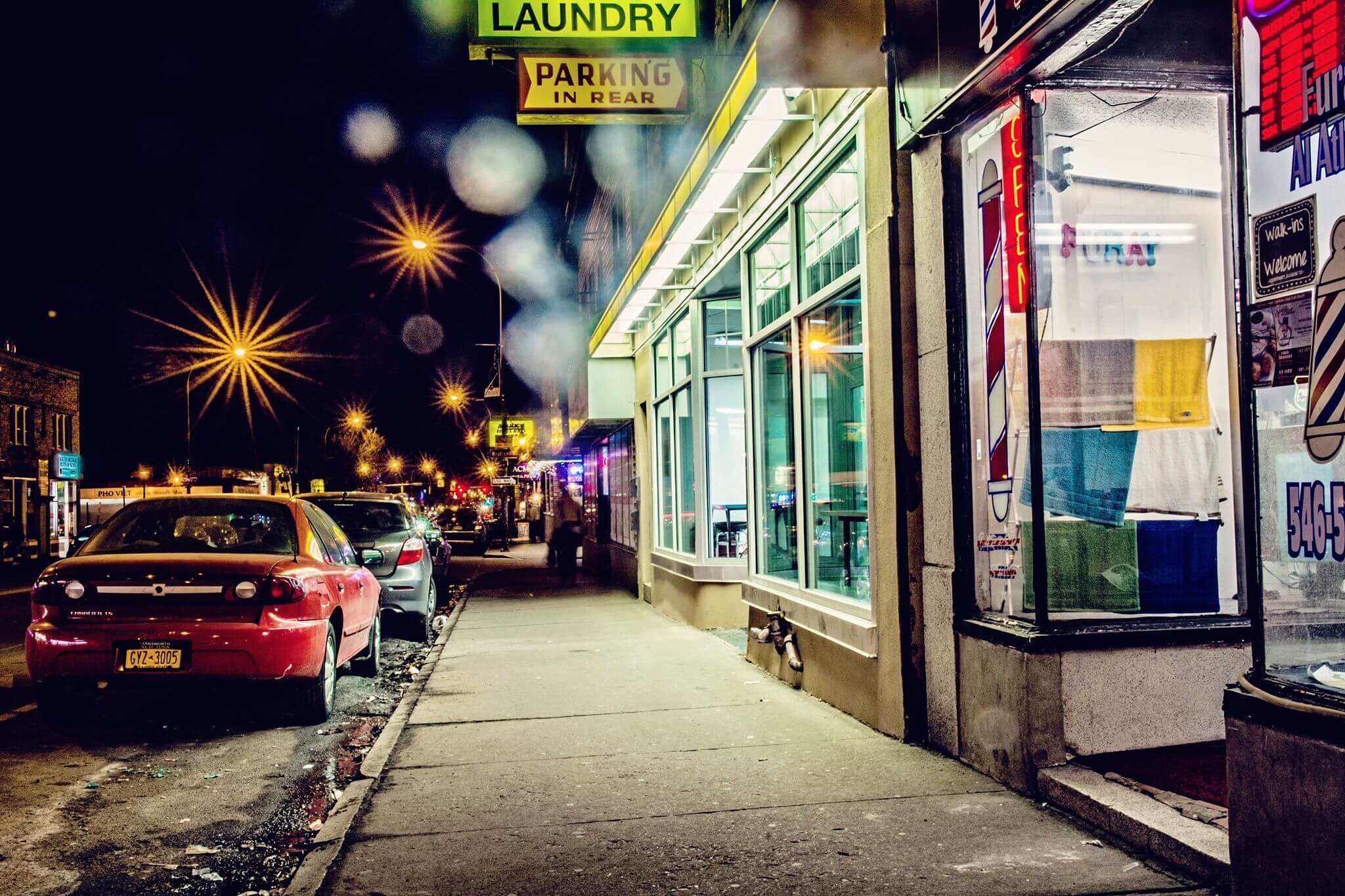

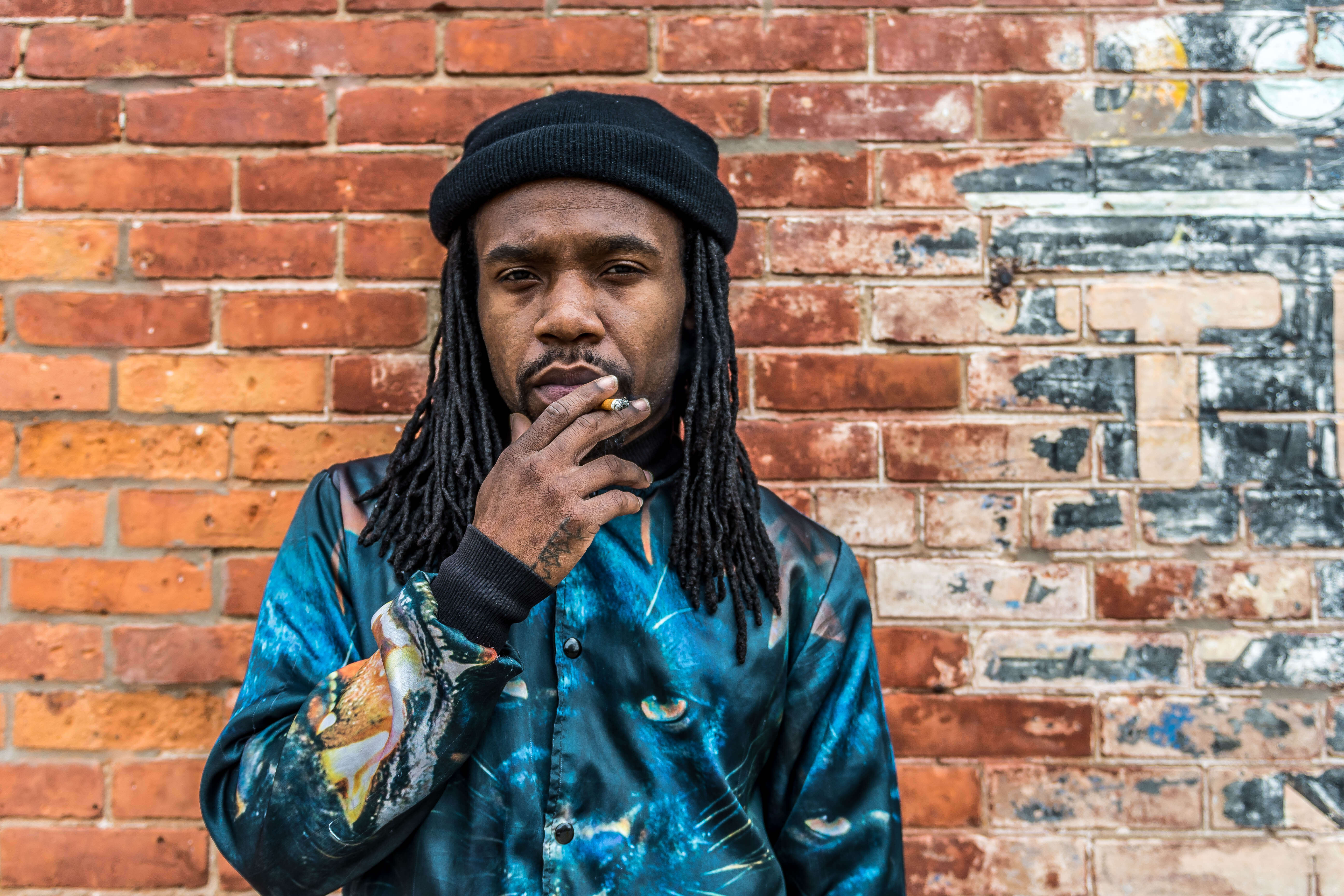

What are some hidden gems you've discovered around Rochester?
I love the old Jewish synagogue on Joseph Ave; it’s really beautiful. I’m usually in the alleys during Jazz Fest, taking photos of people enjoying music for free. I love the wall art and graffiti at Cobbs Hill. I love the old subway, the train station, and the bus station. I really enjoy places where there’s a lot of movement. Monroe Ave always has really interesting characters. I also love sitting in a laundromat; sometimes I can snap a candid if someone is turned around at just the right moment.
What are some of your favorite local nonprofits to support?
- RAIHN (the Rochester Area Interfaith Hospitality Network)—they are a church organization that houses homeless families; they let families sleep in the basements of churches. They also help people find housing, follow a budget, and help their kids with school.
- Dmitri House and St. Joe’s are my hubs—they have food pantries, and people can sleep there and get clothing. Dmitri House usually has 8-12 people sleeping there from October til April.
- I’ve also served as an advocate for the Dorothy Day House—it’s transition housing, with small apartments, and I help people learn how to do laundry and get groceries.
- I help with The Champion Academy and The Boys and Girls Club of Rochester.
What's your favorite neighborhood in the city?
I love the South Wedge. I freelance for the South Wedge Quarterly. I love Lux, the Coffee Connection, and the whole vibe over there. It’s so hipster, cool, diverse, and accepting.
What's your personal coping mechanism for cold/gray weather?
It’s my time to heal. I sleep better during the winter, and it’s an opportunity to give my body a break from photography. It’s a good time to catch up on reading and podcasts. I don’t watch TV. I just try to learn as much as possible in those 3-4 months, because when summer comes, I’m up at 6am and I just want to be outside.
What's your favorite Rochester memory?
I took a class at the community darkroom at Flower City Arts Center, and made some good friends there. We all still go out and take photos together, or have dinner. I have a lot of good memories with the folks from Rochester Refugee. They’ve become like part of my family. Photographing the Special Olympics also stands out, as does the Pride Parade as an event that I really love.
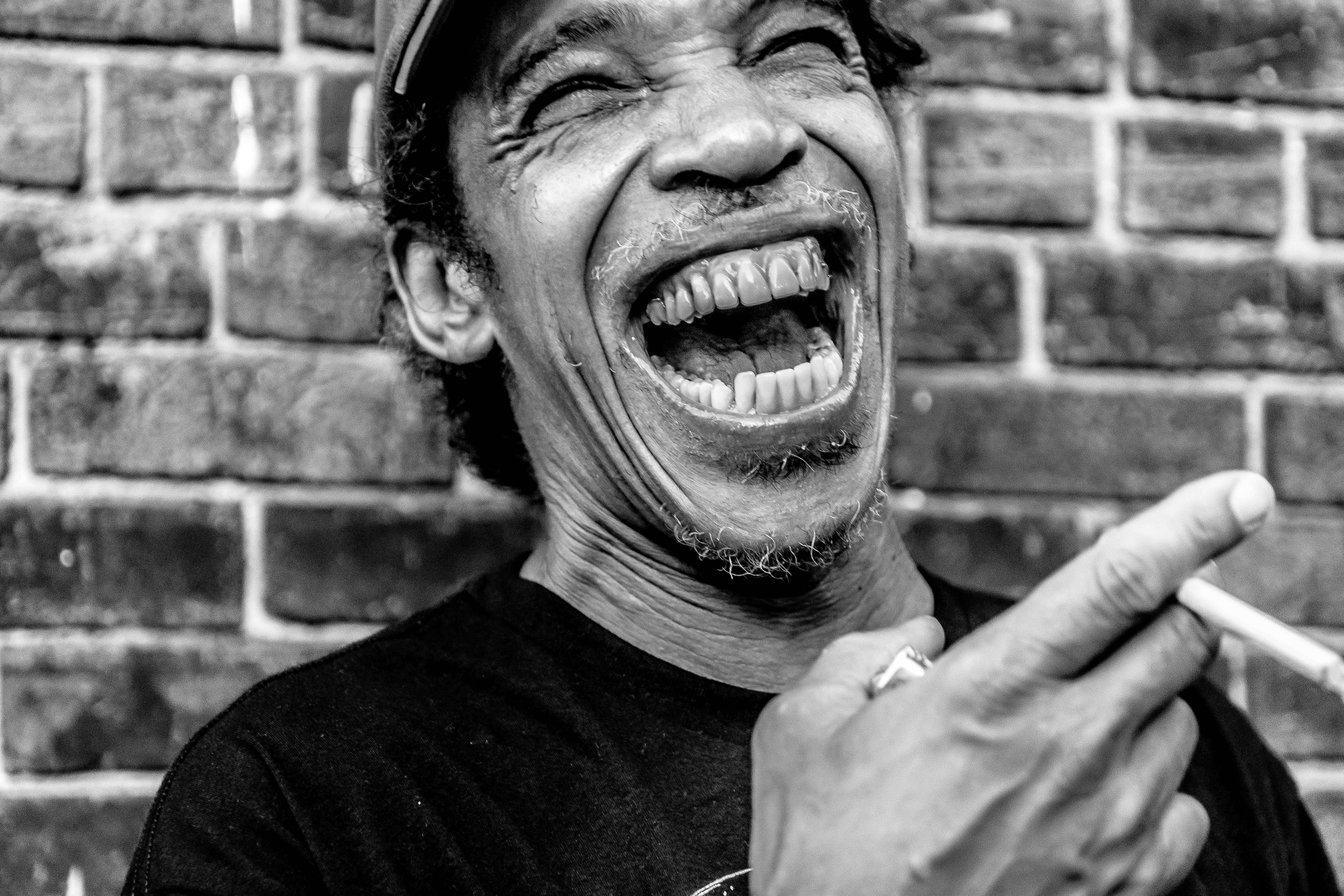

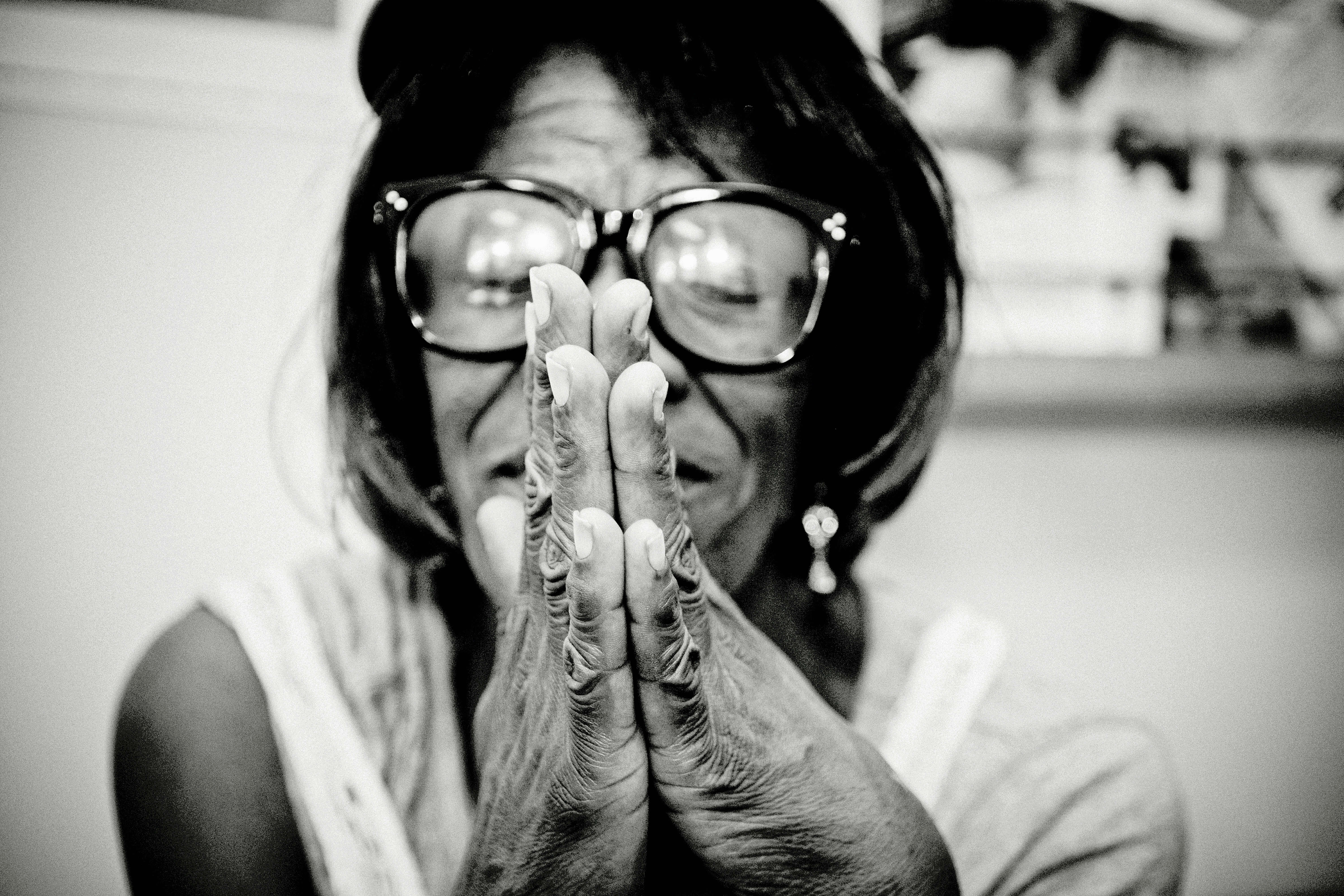

What makes Rochester unique?
We have a huge, talented arts community and there’s a lot to offer. Additionally, I’ve learned a lot about Rochester in covering all black affairs for Open Mic. I’ve seen a lot more unity than I expected. I worked on the power of black churches. I never felt more accepted into a completely unknown area. Everyone is so loving, warm, and welcoming.
What do you think could be improved?
We have a lot of gentrification issues facing our city right now. Beautiful apartments are being built and they’re pushing people out. Those people have to go somewhere and be someone’s neighbor.
I also think we have a lot of great after-school and summer programs that are accessible, but people just aren’t aware of them. No one knows until someone tells them. Increased awareness of those offerings would be great.
Overall, we seem to have a lot of people who are willing to help, but no one is moving.
What are some small ways people can start to get involved in giving back to the community?
Go wherever your heart hurts. Find people who are like-minded, find your tribe, what you’re passionate about. Serving the homeless feeds my soul and makes my heart ache, but for you, it might be reading to kids, or if you’re a nurse, maybe it’s checking blood pressure for people who need it. You can visit a hospice or a senior center. If it excites you, you’ll want to keep doing it. It becomes so fulfilling.
If Rochester was an animal, what would it be?
It would be a snow leopard. For obvious reasons, of course, but snow leopards have three distinct colors: white, which we all experience so much of here, brown, the color of earth and our historical buildings, and black, which represents power and mystery.
What's been the best part of the work you've done with Open Mic?
It’s put me in situations where I’m the only white person. I’ve learned about microaggressions, I’ve seen how hurt people are. I see what’s happening and what needs to be done. You only know what you know, and this work is helping me learn so much more.
What advice would you give to up and coming creatives in Rochester?
Like any art, it’s like building a muscle. You have to find the rhythm, your own groove. Don’t try too hard to emulate someone else. Practice your craft and hone it.
Michele Ashlee is a documentary photography who aims to tell the stories of Rochesterians made to feel marginalized. For more of her perspective, visit our Instagram.

